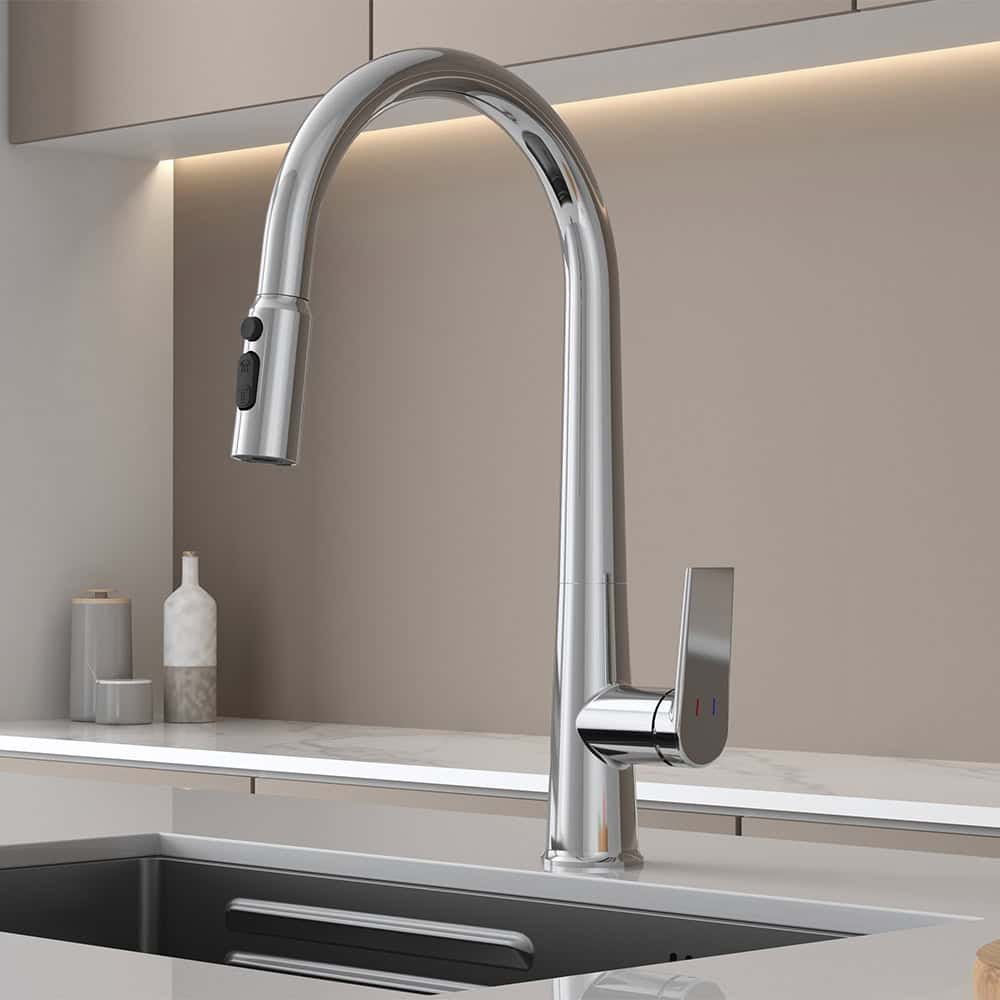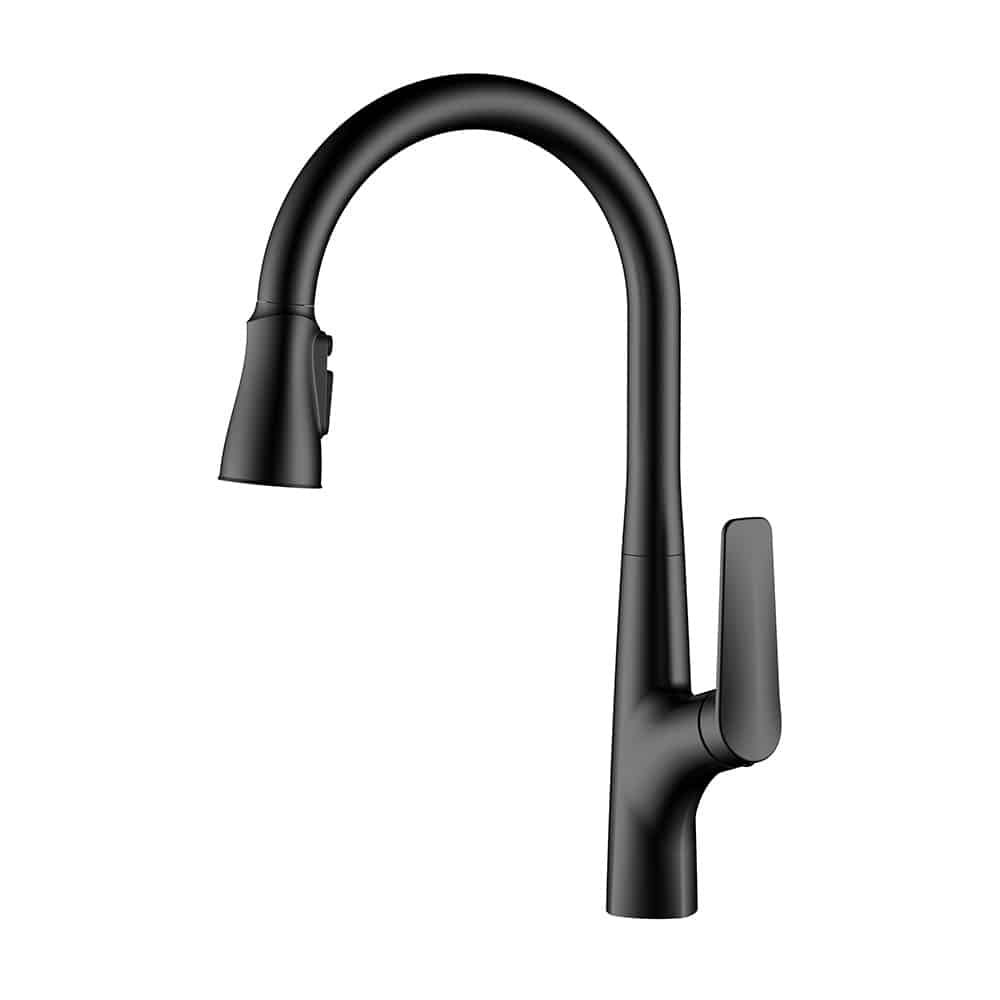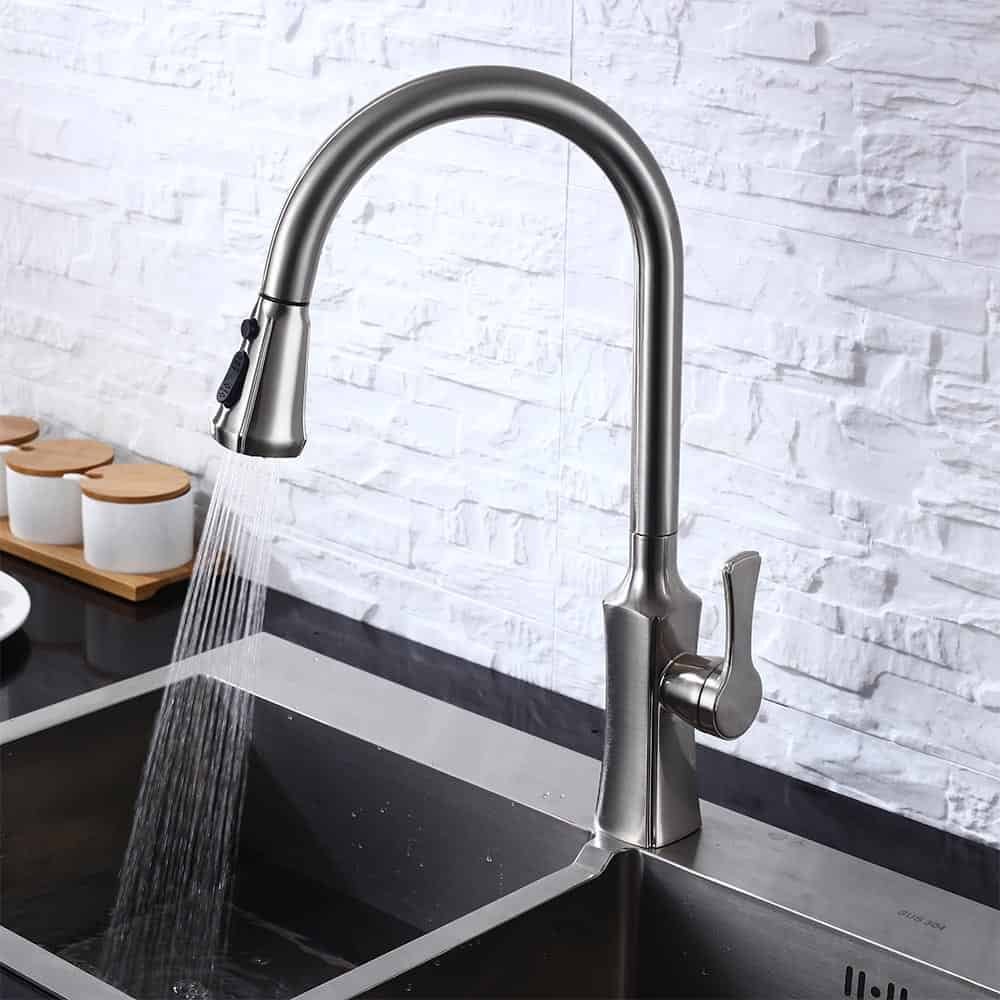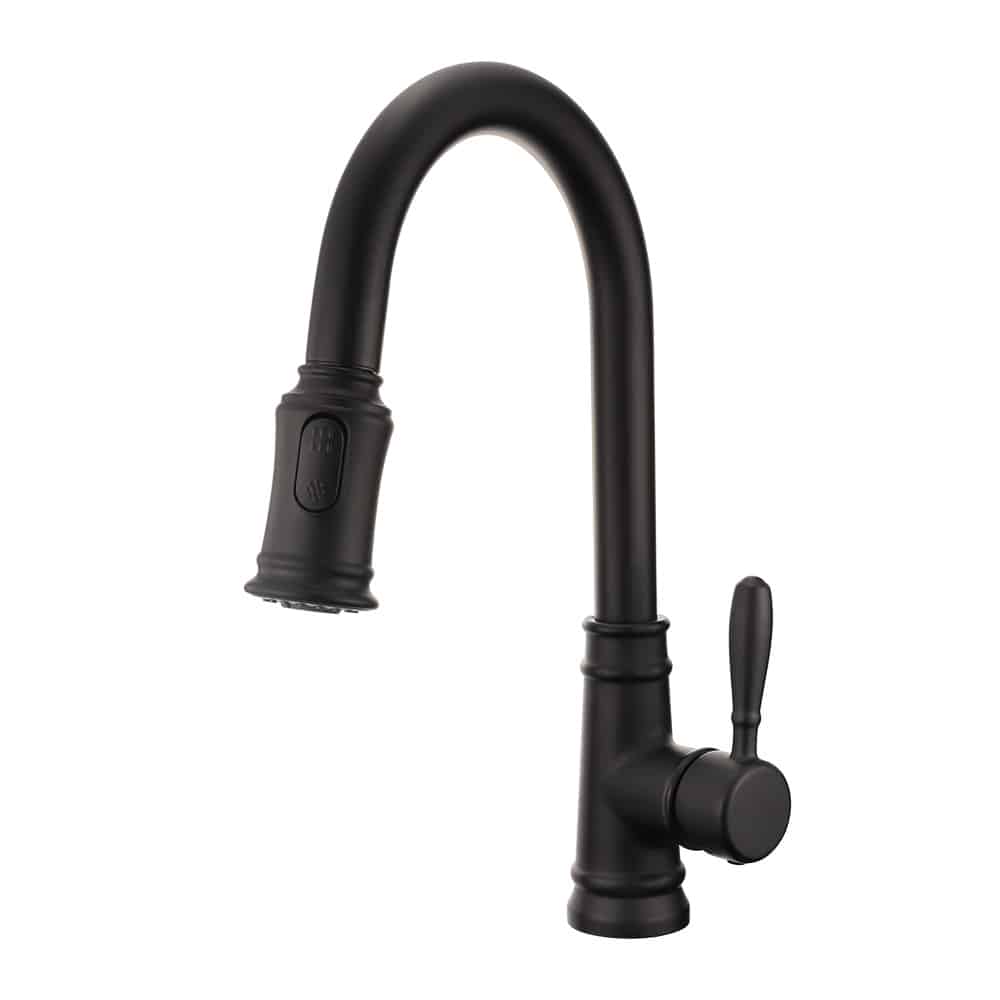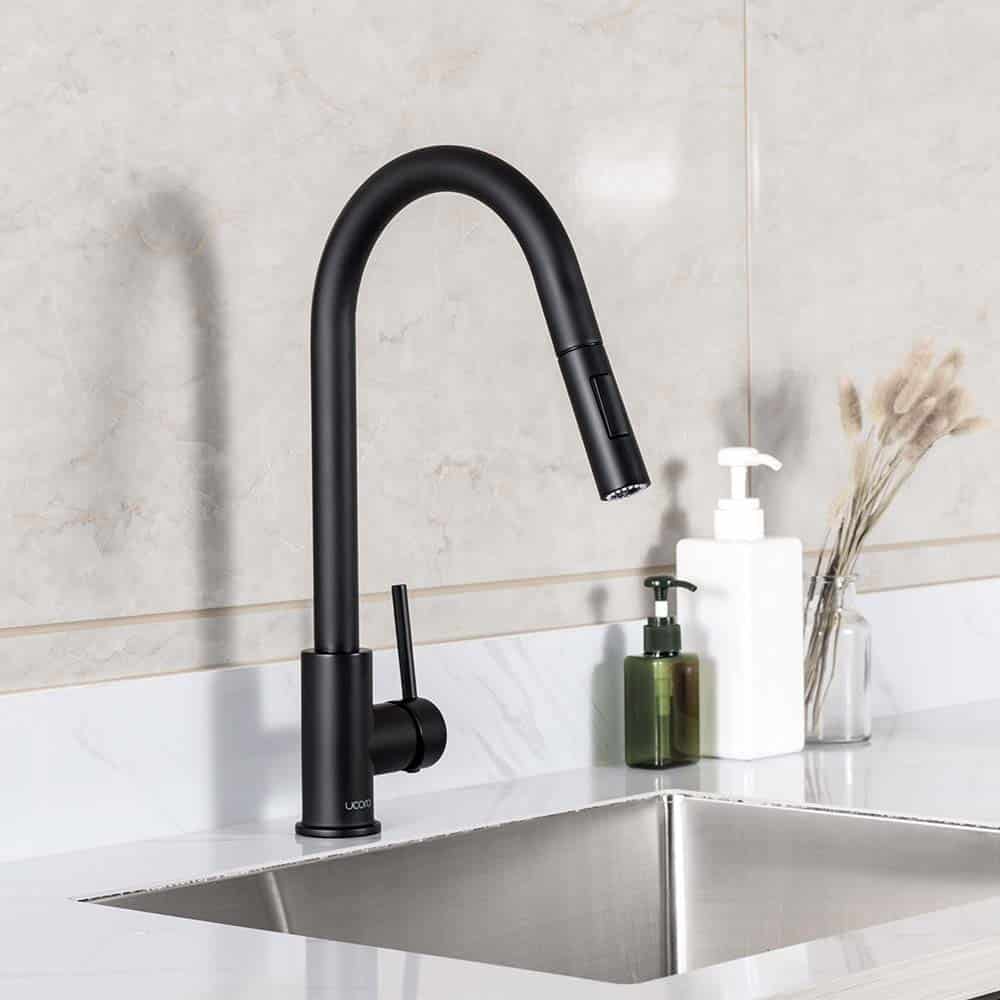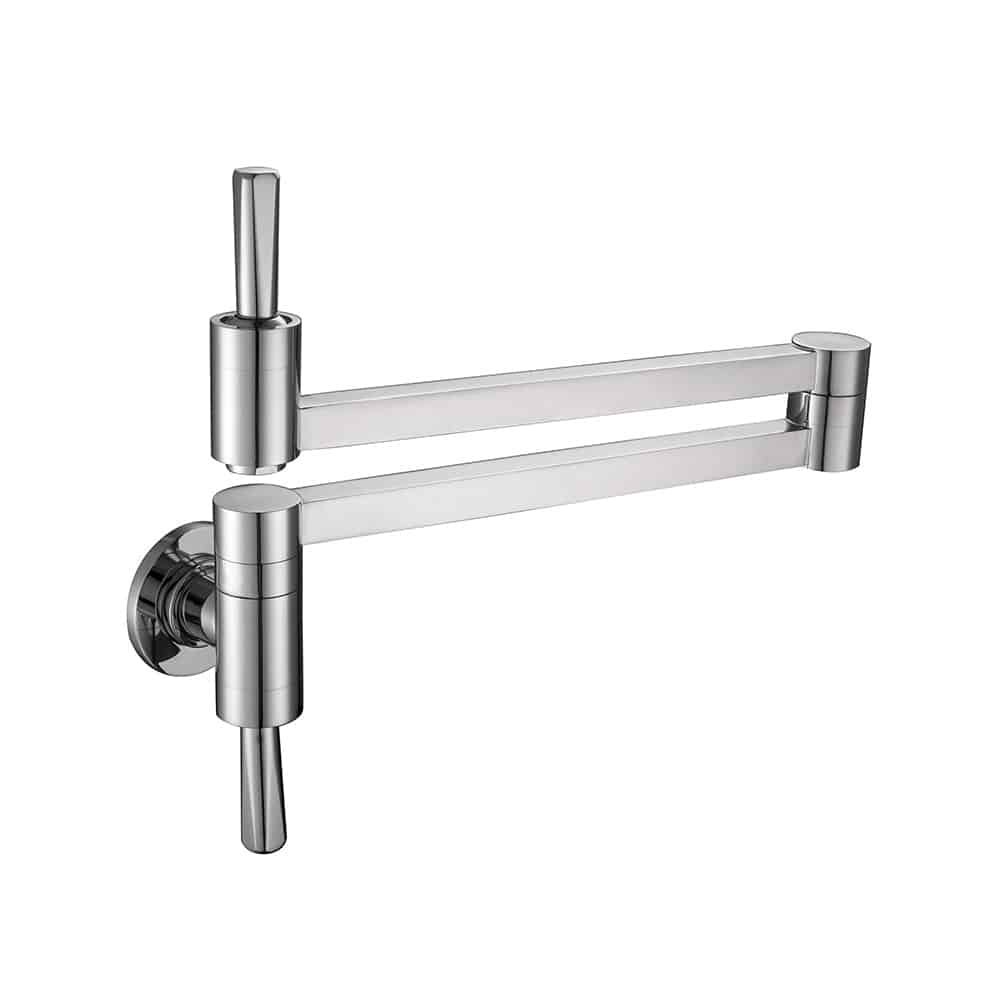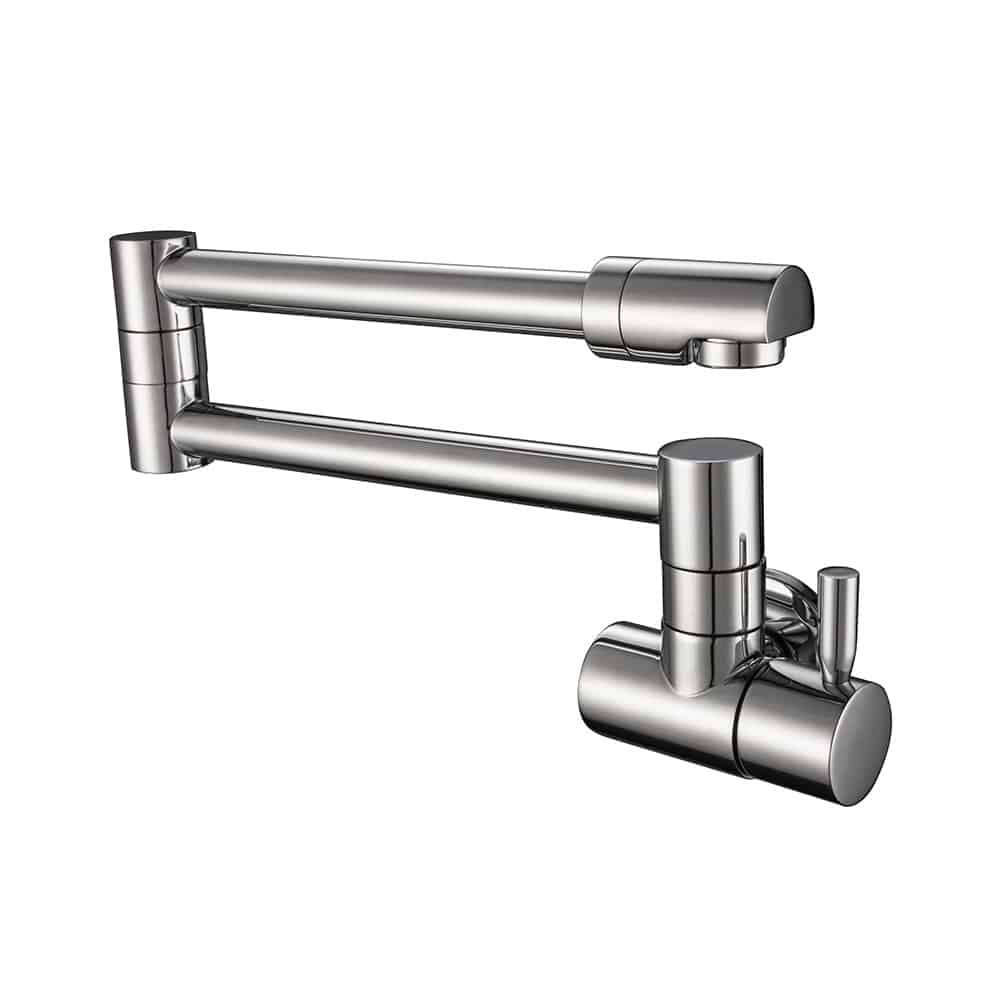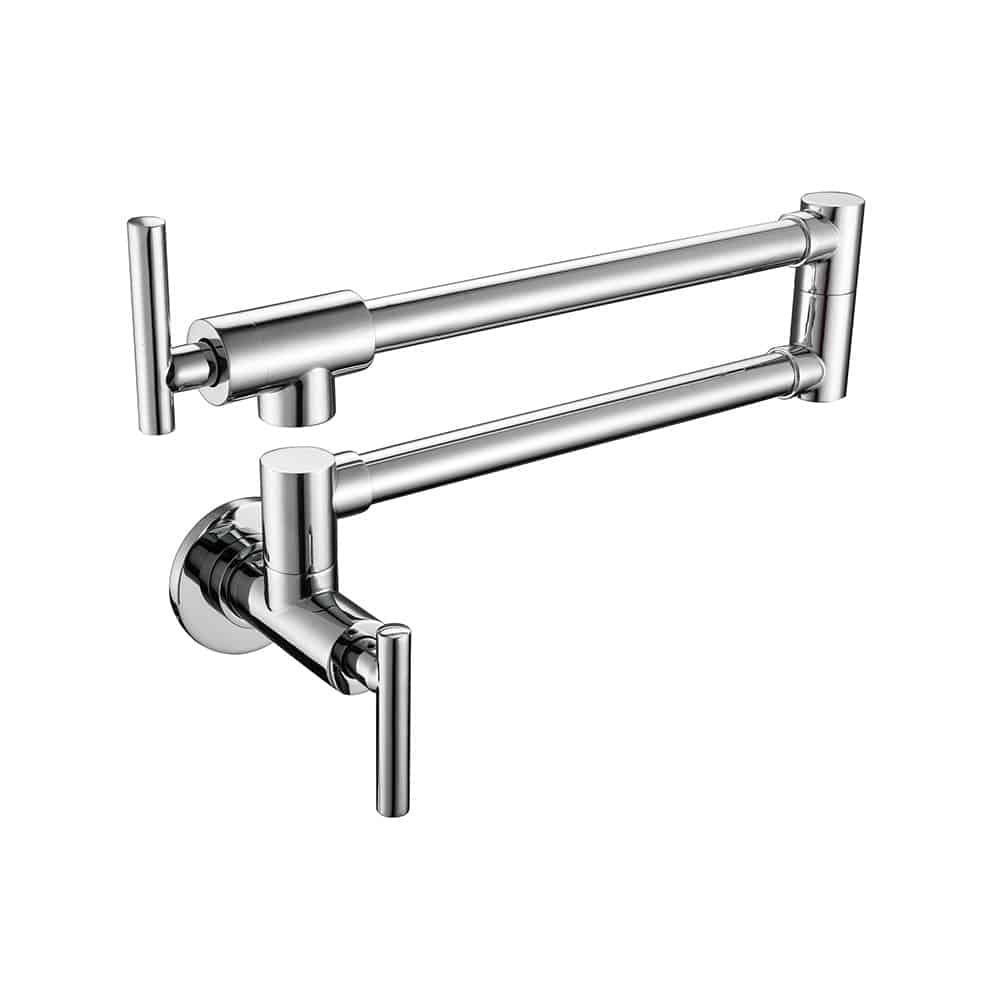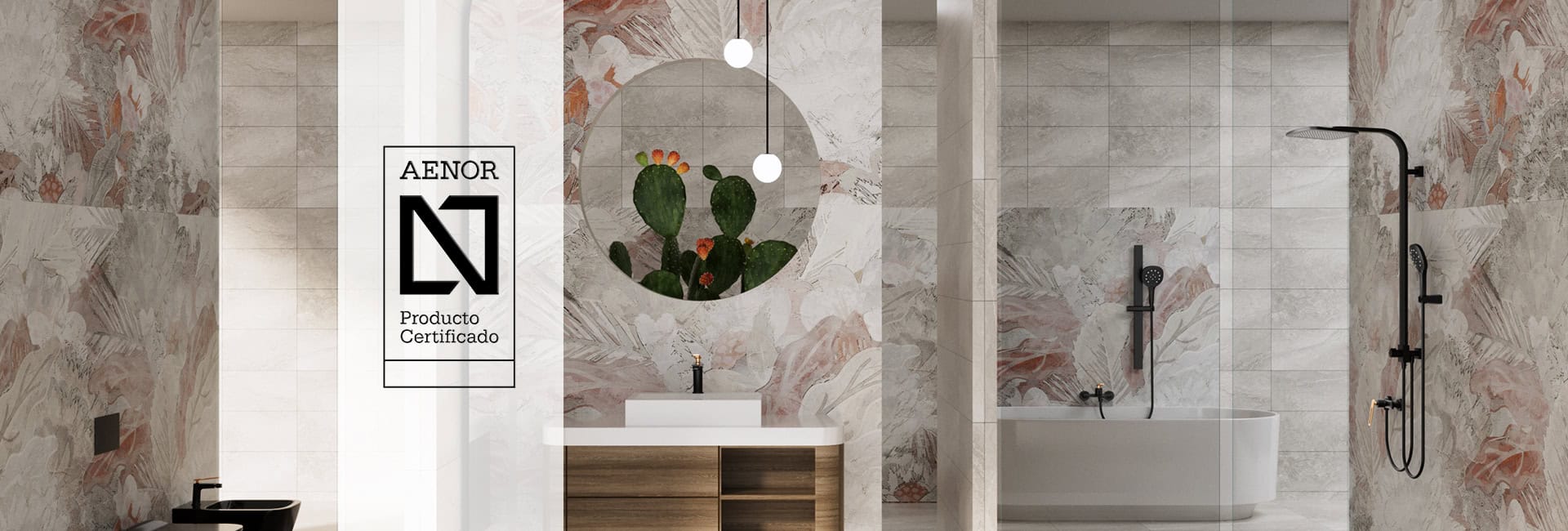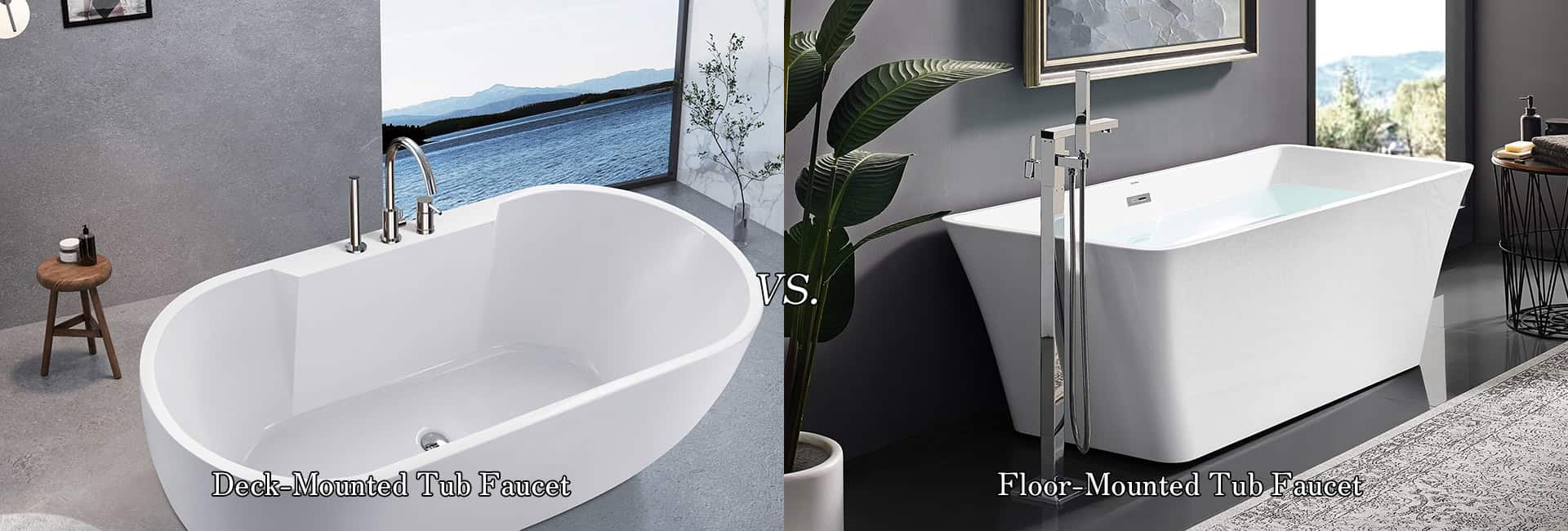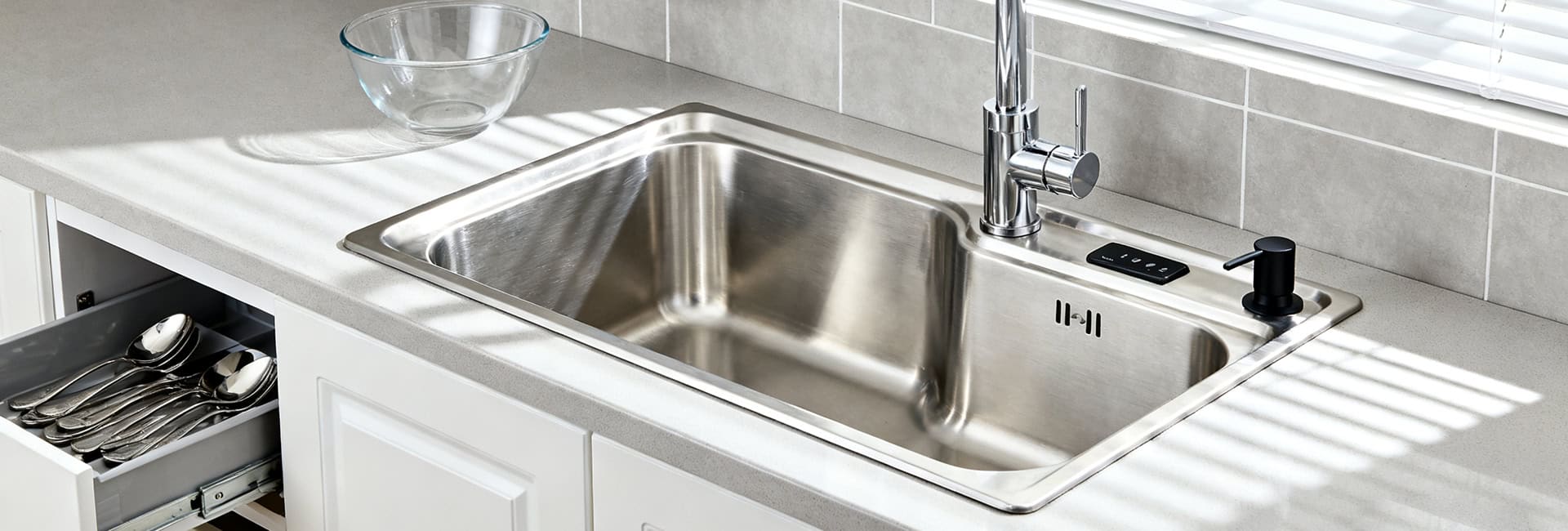Are you designing your dream kitchen or upgrading your current space? You may have come across the idea of a pot filler faucet—an elegant, articulated arm over your stovetop that promises to make cooking easier. Often featured in high-end kitchens and renovation shows, it raises the question: must-have luxury or fleeting trend?
I understand the dilemma. You want clear, unbiased answers about its benefits, drawbacks, costs, and whether it fits your lifestyle. Here, I’ll cover everything you need to know, including insights from plumbers, real estate agents, and kitchen designers, so you can decide if a pot filler is the perfect addition or one to skip.
The Allure of Pot Fillers: Why Home Cooks Love Them
Let’s start with the obvious appeal. Pot fillers» are popular for some very compelling reasons. They offer a level of convenience that, for many, seems revolutionary in the kitchen.
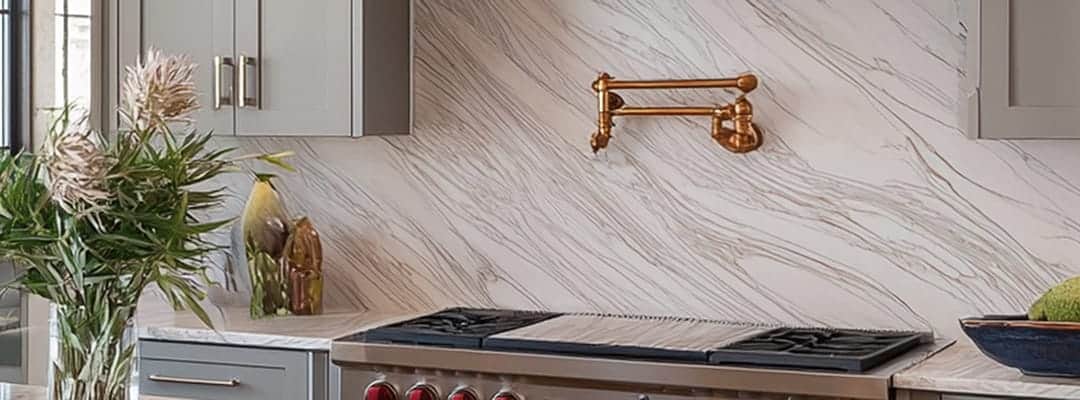
Unmatched Convenience
This is the big one. Imagine filling a huge stockpot for pasta or soup without having to lug it, heavy and awkward, from your sink to the stovetop. A pot filler lets you fill pots right where you cook them, saving your back, arms, and hands from strain. This is especially helpful for large families or those who frequently cook in bulk.
Faster Filling
Many pot fillers boast a high flow rate, often double that of a standard sink faucet. This means your pots fill up much quicker, getting you to the cooking stage faster. Every second counts in a busy kitchen, right?
An Extra Water Source
Think about it: your main sink might be full of dirty dishes, or someone else might be using it. A pot filler provides an additional, dedicated water source, allowing for seamless multi-tasking in the kitchen. You can fill a pot while someone else washes vegetables or drains pasta.
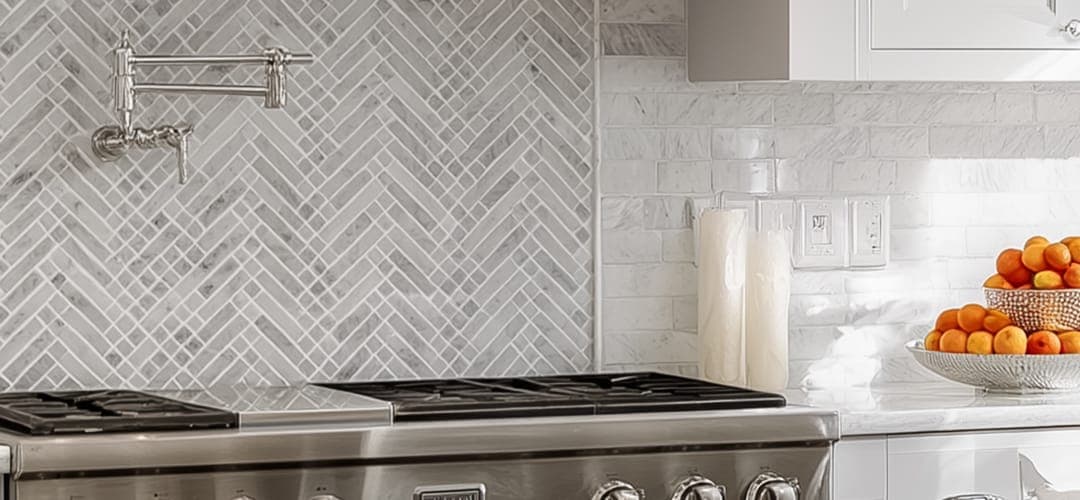
Aesthetic Appeal
I think we can all agree, pot fillers look incredibly cool. They add a touch of professional-grade luxury and a “wow” factor to any kitchen design. They can truly elevate the overall ambiance, making your kitchen feel more upscale and custom.
Specific Use Cases
For serious home chefs, those with large kitchens where the sink is far from the stove, or individuals with physical limitations, a pot filler can be a game-changer. It genuinely makes daily cooking tasks more comfortable and efficient.
Filtered Water for Cooking
Some users even connect their pot fillers to a water filter, ensuring all the water used for cooking is purified. This is a fantastic benefit if your tap water has an undesirable taste or you prioritize filtered water for health reasons.
The Realities of Pot Fillers: What You Need to Consider
While the benefits are clear, it’s crucial to look at the other side of the coin. Pot fillers come with some significant drawbacks that you absolutely need to weigh before making a decision.
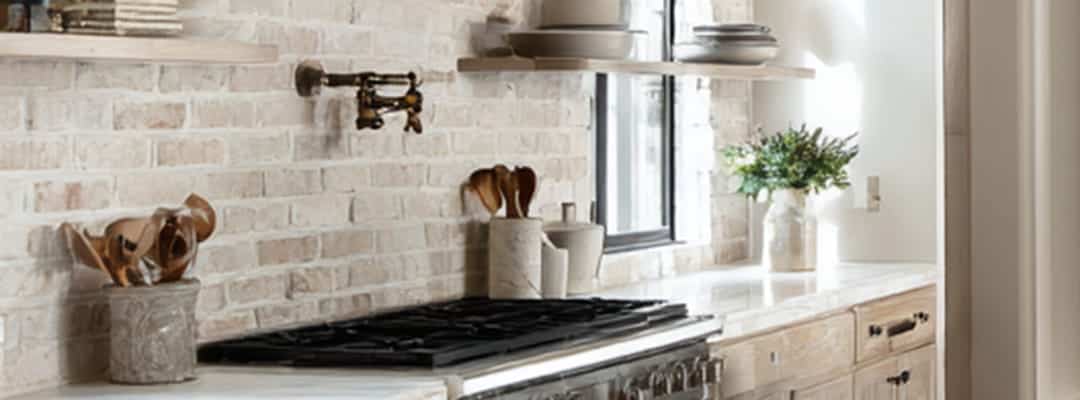
The Drainage Dilemma
Here’s the catch: a pot filler only fills. You still have to carry that heavy, now hot, pot of pasta or boiled potatoes back to the sink to drain it. For many, this negates a good portion of the convenience.
Significant Cost
Pot fillers are not a cheap addition. The faucet itself can cost $150 – $1000, and that’s before you even consider the installation expenses. We’ll dive deeper into the true cost in the next section.
Leakage Risk
This is, without a doubt, the biggest concern. A pot filler means an additional waterline running through your wall, directly above your stove. With more pipes comes a higher chance of leaks, drips, or even burst pipes. A leak in this location can lead to severe and costly water damage to your expensive appliances (like a Wolf range’s electronics), walls, or flooring.
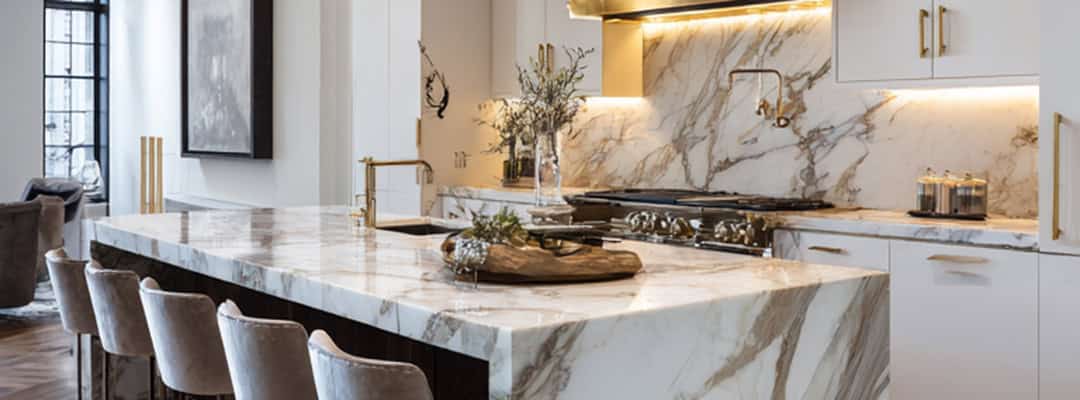
Cleaning Challenges
Being so close to the stovetop, pot fillers are magnets for grease, splatters, and grime. Their articulated design, while convenient for filling, can make them surprisingly difficult to clean thoroughly. You’ll find yourself wiping down another fixture regularly.
Infrequent Use
If you’re a casual cook who rarely uses large pots, the high investment might not justify the limited use. As I see it, paying a premium for something you use only a few times a year might not make financial sense.
Trend vs. Timeless
While stylish now, there’s a risk that pot fillers could go out of fashion, potentially making your kitchen look dated in the future. This is a consideration if you’re aiming for a truly timeless design.
Diving Deeper: Unpacking the Hidden Costs and Risks
When you consider a pot filler, you need to look beyond the initial price tag. The true cost and potential risks are often more complex than they appear.
Cost Breakdown: More Than Just the Faucet
The “$150 – $1000” figure you often hear for a pot filler is just the beginning. I believe a detailed breakdown helps you budget accurately:
- Faucet Unit Cost:
This varies widely based on brand, finish, and features. You can find options ranging from a few hundred dollars to well over a thousand.
- Plumbing Labor:
-
- New Construction/Major Renovation (Walls Open): If your walls are already open for a major renovation, adding a cold water line for a pot filler can be relatively straightforward, potentially adding a few hundred dollars in labor.
- Retrofit (Walls Closed): If you’re adding a pot filler to an existing, finished kitchen, it’s a much more complex and expensive undertaking. A plumber will need to cut into your walls and potentially your backsplash to run the new water line. This can easily push labor costs into the thousands.
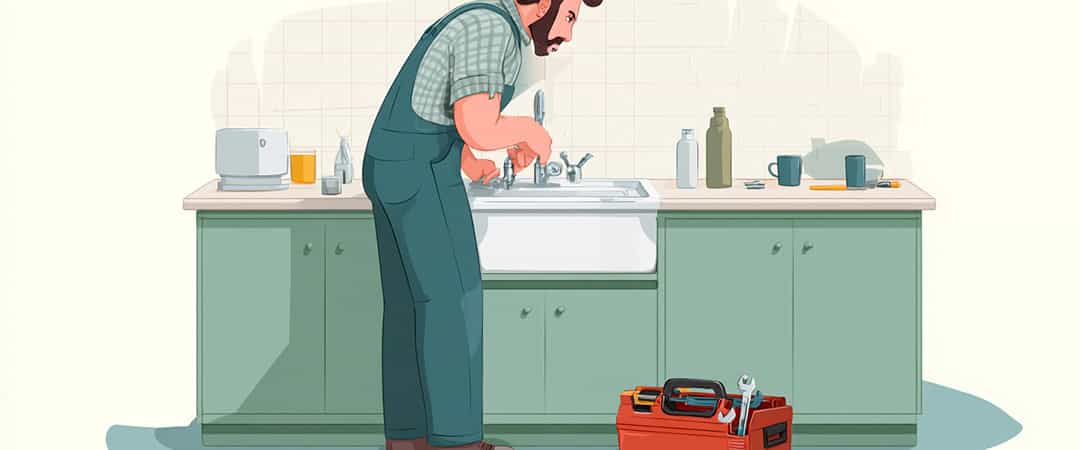
- Materials:
Beyond the faucet, you’ll need pipes, fittings, shut-off valves, and potentially wall reinforcements. These can add another $100-$200 or more.
- Wall Repair and Finishing:
After the plumbing work, you’ll need to repair the drywall, paint, or replace sections of your backsplash. This can add significant costs, especially if you have custom tile work.
For a comprehensive look at general home renovation costs, I recommend checking out resources like Angi’s cost guides», which provide detailed breakdowns for various home projects.
The Leakage Nightmare: Prevention and What to Do
The risk of water damage is arguably the most significant drawback of a pot filler. But you can take steps to mitigate this risk.
- Why Leaks Happen:
An additional water line in your wall, especially one without a drain directly beneath it, creates a vulnerability. If a pipe bursts, a connection loosens, or the faucet itself fails, water has nowhere to go but into your walls, cabinets, or onto your floor.
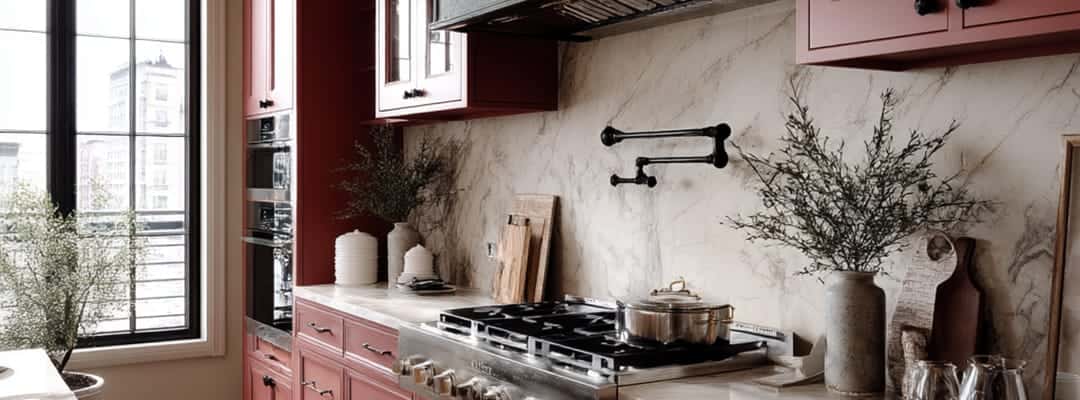
- Prevention is Key:
-
- Dual Shut-Off Valves: Many pot fillers, especially higher-quality ones, come with two shut-off valves: one at the wall and one at the faucet head. I strongly advise you to always turn off the wall valve when the pot filler is not in use. This adds an extra layer of security against accidental drips or leaks.
- Professional Installation: This is non-negotiable. Hire a licensed, experienced plumber who understands the specific requirements for pot filler installation. They will ensure proper pipe routing, secure connections, and adequate water pressure.
- Regular Maintenance Checks: Make it a habit to periodically inspect the pot filler for any signs of drips, corrosion, or loose connections, especially around the swing arms.
- Smart Leak Detectors: Consider installing smart water leak detectors in your kitchen, particularly near the pot filler’s wall connection. These devices can alert you immediately via your phone if they detect moisture, potentially preventing a minor leak from becoming a major disaster.
- What if a Leak Occurs?
-
- Emergency Shut-Off: Know where your main water shut-off valve for your house (or at least your kitchen) is located. In case of a significant leak, shutting off the water immediately can minimize damage.
- Water Damage Costs: Water damage repair can be incredibly expensive, ranging from hundreds to thousands of dollars depending on the extent and location of the damage. For instance, repairing water damage to walls can cost anywhere from $400 to $2,700.
- Insurance Coverage: Most homeowners insurance covers “sudden and accidental” water damage, like a burst pipe, but not gradual leaks or the cost to repair the source, such as a faulty faucet. Check your policy and confirm details with your insurer. For more information, review resources from companies like Allstate or your state’s insurance department.
Expert Insights: What the Pros Say
To give you the most complete picture, I think it’s important to hear from the professionals who deal with these fixtures every day.
A Plumber’s Perspective
I’ve learned that plumbers have a unique insight into the practicalities and potential headaches of pot fillers.
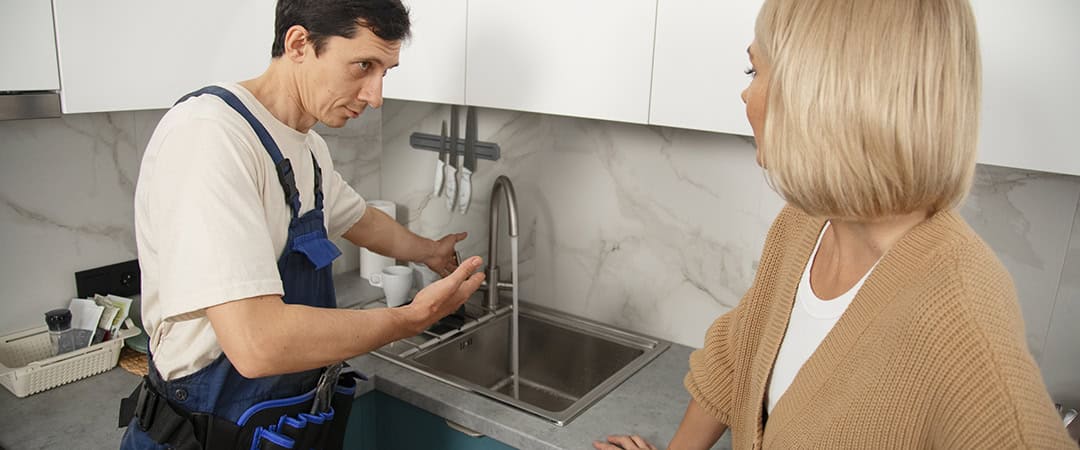
- Installation Complexity:
Plumbers will tell you that while adding a cold water line might seem simple, it requires precision. They need to ensure proper pipe routing within your wall, especially if it’s a retrofit, to avoid future issues.
- Durability and Maintenance:
A good plumber will emphasize choosing a durable, commercial-grade pot filler, especially if you plan to use it frequently. They also stress the importance of regular checks on joints and valves to prevent leaks.
- Why Professional Installation is Crucial:
DIY pot filler installation can be risky. A licensed plumber ensures code compliance, secure connections, and proper water pressure, preventing leaks and extending lifespan. To find one, contact your local plumbing association or the Plumbing-Heating-Cooling Contractors National Association (PHCC).
A Real Estate Agent’s Take on Resale Value
Many people consider home improvements based on their potential return on investment (ROI). So, does a pot filler add value to your home?
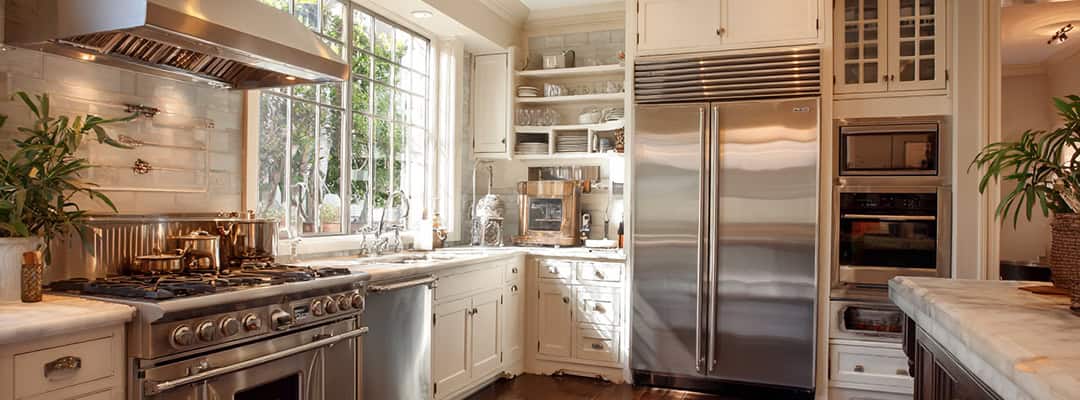
- Not a Dollar-for-Dollar Return:
I’ve found that real estate agents generally agree that high-end fixtures like a $3,000 faucet are unlikely to provide a dollar-for-dollar return on investment. While they can enhance the appeal of a luxury kitchen, they rarely drive a sale on their own.
- Niche Appeal:
Pot fillers might appeal to a specific buyer—a serious home chef, for example. However, they are not a universal selling point and might even be seen as a potential maintenance headache by some buyers.
- Focus on Overall Updates:
Real estate experts often advise focusing on broader kitchen updates, like refreshed cabinets or modern appliances, rather than single, expensive fixtures, for better ROI. For more insights on home improvements that truly add value, I recommend exploring resources from major real estate platforms like Zillow or HomeLight.
A Kitchen Designer’s View on Aesthetics and Trends
Kitchen designers are at the forefront of trends and understand how features integrate into a cohesive space.

- Design Integration:
A well-placed pot filler can certainly enhance a kitchen’s form and function, complementing various design styles from modern to farmhouse.
- Longevity of the Trend:
While pot fillers are popular now, designers often discuss the importance of timeless design over fleeting trends. They suggest that if aesthetics are your primary driver, you should consider whether the feature will still look good in 5-10 years or if it might make your kitchen feel dated.
- Achieving a Professional Look Without a Pot Filler:
Designers can help you achieve a high-end, professional kitchen aesthetic through other elements, such as custom range hoods, thoughtful lighting, or integrated appliances, without the added plumbing complexity of a pot filler. For inspiration on kitchen design trends and timeless aesthetics, I often look to publications like Architectural Digest or the National Kitchen & Bath Association (NKBA).
Is a Pot Filler Right for You? A Decision Framework
Now that you have all the information, how do you decide? I think it comes down to a few key questions about your lifestyle and priorities.
You might be an ideal candidate for a pot filler if:
- You frequently cook large-batch meals: Think pasta, soups, stews, or canning.
- You have physical limitations: Carrying heavy pots is genuinely difficult for you.
- Your kitchen is large: There’s a significant distance between your main sink and your stovetop.
- You prioritize convenience and aesthetics: You value the ease and the high-end look, and you’re willing to invest in it.
- You are undergoing a major kitchen renovation: The walls are already open, making installation less costly.
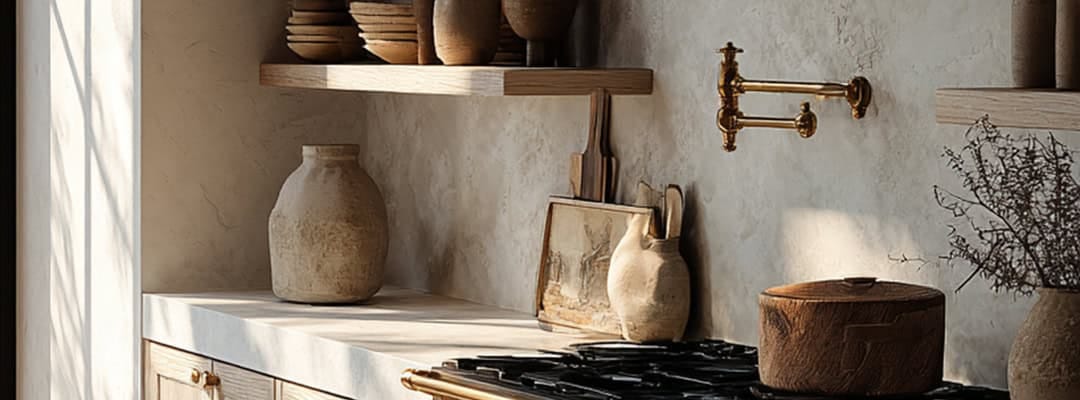
You might want to reconsider a pot filler if:
- You are a casual cook: You rarely use large pots or cook elaborate meals.
- Your kitchen is small: The added fixture might feel cluttered or unnecessary.
- You are on a tight budget: The cost, especially for a retrofit, can be substantial.
- You are highly concerned about maintenance or potential leaks: The risk of water damage is a major worry for you.
- You prefer a truly timeless kitchen design: You want to avoid features that might quickly go out of style.
Smart Alternatives to Consider
If a pot filler doesn’t quite fit your needs or budget, don’t worry! There are excellent alternatives that can offer similar convenience without the added cost or risk.
High-Arc Pull-Down Faucets:
Many modern kitchen faucets feature a high arc and a pull-down sprayer with a long hose. These can often reach pots on your stovetop, allowing you to fill them without moving them from the burner. While they might fill a bit slower than a dedicated pot filler, they are a much more cost-effective and lower-risk solution.
Dedicated Prep Sinks:
If your kitchen layout allows, installing a smaller prep sink near your stovetop can be a fantastic alternative. This gives you a dedicated water source for filling pots and, crucially, a drain for emptying them after cooking.
Portable Water Solutions:
For occasional large-pot cooking, a large, lightweight pitcher or a filtered water dispenser can serve the purpose of transporting water from the sink to the stove.
Strategic Kitchen Layout:
If you’re designing a new kitchen, work with a designer to minimize the distance between your main sink and your stovetop. A well-planned layout can naturally reduce the need for a pot filler.
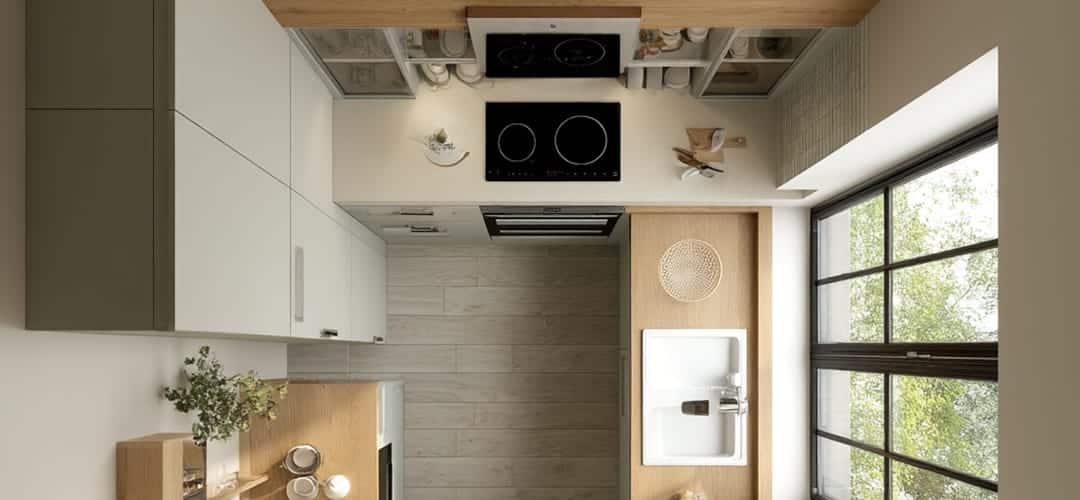
Lighter Cookware or Inserts:
Consider using lighter-weight pots or investing in pasta inserts and steamer baskets that allow you to lift and drain food without having to carry the entire heavy pot of water.
Making Your Kitchen Work for You
Installing a pot filler is a personal choice, balancing its convenience and style against the cost, risks, and maintenance.
Before you commit, I strongly recommend you:
- Assess your cooking habits honestly: How often do you really need to fill a large pot on the stove?
- Review your budget thoroughly: Factor in not just the faucet, but all installation, repair, and potential future maintenance costs.
- Consult with professionals: Talk to a licensed plumber about the feasibility and cost for your specific kitchen, and discuss your design goals with a kitchen designer.
A pot filler can enhance a kitchen’s function and beauty, but for some, the drawbacks may outweigh the benefits. Weigh the pros and cons to choose what best fits your lifestyle and creates a kitchen you’ll love for years.
FAQs
About Luxuryhome
Luxuryhome is not just a faucet manufacturer or wholesaler, but more like a partner who can provide you with more added value.
We are united in our determination to produce China-made bath and kitchen fixtures adhering to the highest ethical principles. You have our promise!
More post you may interested in

